Strange question, huh? But if you think about it, how do you know if something’s a bead? I tried defining ‘beads’:
A bead is a small solid item with a hole through it, intended for stringing on a cord or string. That’s a start… Just below, I’ll free-associate about the main characteristics of beads, as I see them.
Beads have pretty much two types of shapes:
- On one hand, you’ve got geometrical beads. (And really, isn’t round the totally classic bead shape?)
- On the other hand, I’d say you have representational beads. (Ones that are shaped like some other object–moons, birds, angels…)
Beads have hole sizes that range from really narrow (think of pearls & seed beads) to very large (sometimes even taking up most of the bead, like with pony beads). Hand-in-hand with this is the choice of stringing materials, ranging all the way from super-slender silk thread to really stout leather cord for large-hole beads.
The materials beads are made from are almost unlimited. I say beads can only be made from solids, though. (I’ve never seen one made from a liquid, a gas or a plasma! But I imagine somebody really good at physics is going to prove me wrong.) The way I think of it, beads are made from 3 kinds of materials…
 The most ancient beads I’ve heard of were made from seashells and eggshells, about 100,000 years ago. This makes them apparently the oldest form of jewelry. Other natural materials get made into beads, too. I can think of bone, horn, wood, plant stems, seeds, nuts, and dried sap, not to mention organic stuff that’s become a fossil (like amber and jet). These would be considered to be gemstones…
The most ancient beads I’ve heard of were made from seashells and eggshells, about 100,000 years ago. This makes them apparently the oldest form of jewelry. Other natural materials get made into beads, too. I can think of bone, horn, wood, plant stems, seeds, nuts, and dried sap, not to mention organic stuff that’s become a fossil (like amber and jet). These would be considered to be gemstones… …Which is a word that usually means inorganic bead material. Not just inorganic, but with…let me pause to breathe here…a pleasingly regular crystalline structure. So the word ‘gemstone’ basically means tough stuff from the earth instead of from living organisms. Examples of gemstones often made into beads include turquoise, jet, amethyst, jasper, and rhyolite, etc. etc. etc.
…Which is a word that usually means inorganic bead material. Not just inorganic, but with…let me pause to breathe here…a pleasingly regular crystalline structure. So the word ‘gemstone’ basically means tough stuff from the earth instead of from living organisms. Examples of gemstones often made into beads include turquoise, jet, amethyst, jasper, and rhyolite, etc. etc. etc. A third category of bead materials is artificial stuff. Not everything is organic or inorganic! Lots of materials are created through a manufacturing process: plastics, metals (which bead people have a habit of dividing into base-metal versus precious). Glass has got to be the most common artificial bead material, of course. Think of how many types there are… blown glass, fused glass, powder glass, crystal (Swarovski makes about a million kinds), lampwork glass, and on and on.
A third category of bead materials is artificial stuff. Not everything is organic or inorganic! Lots of materials are created through a manufacturing process: plastics, metals (which bead people have a habit of dividing into base-metal versus precious). Glass has got to be the most common artificial bead material, of course. Think of how many types there are… blown glass, fused glass, powder glass, crystal (Swarovski makes about a million kinds), lampwork glass, and on and on.
Countries of origin: beads run quite a geographical range, which I kind of think reflects the role they’ve played in prehistory & history. Africa is where the oldest beads came from. A bit more recent would be pre-Columbian stuff from the Americas. Very old historic beads come from the Middle East and Mediterranean regions. In more modern times, Murano island, in Venice, supplied mass quantities of “trade” beads to be used in Africa and other ‘colonial’ regions. The bead-making industry spread through Europe (you know about Czech and Austrian glass beads), Japan (where
most seed beads are made), the U.S., and Israel (where a lot of silver beads are made).
References for bead information include a number of print sources as well as certain reputable websites. Two of the main bead book and magazine publishers that come to my mind are Interweave and Kalmbach.
Have you ever stopped & thought, “What is a bead?” Share your take on this question below!

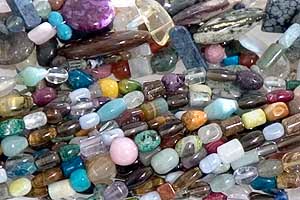
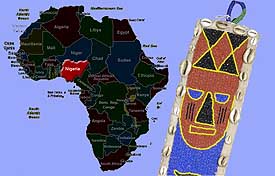

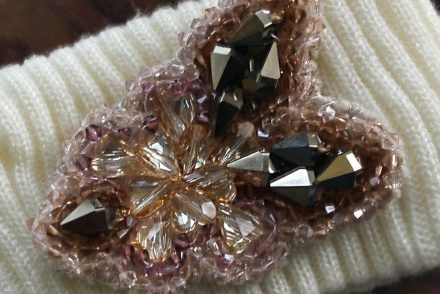
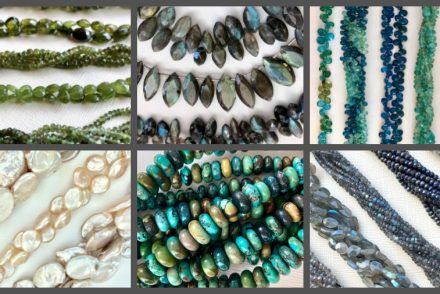
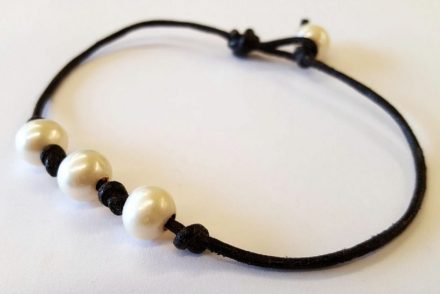
1 Comment
Yes, you have seen beads made from a liquid. Although it appears a solid, glass is actually a liquid. : )